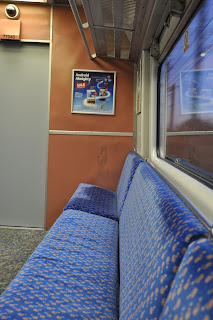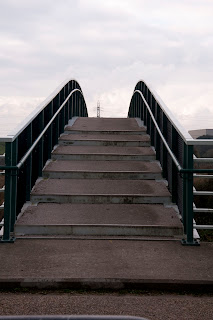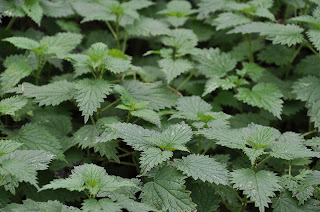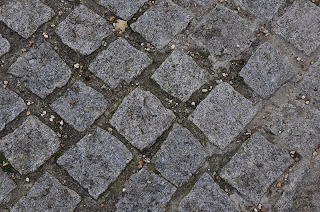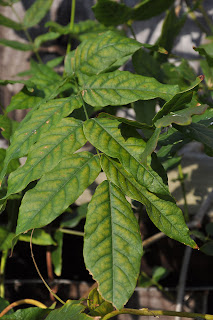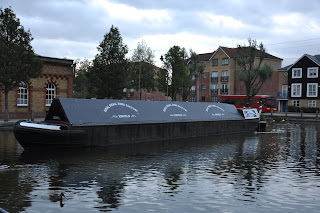Tackling manual exposure for the Colour part of this course greatly enhanced my ability to take more interesting pictures. With this in mind I am hoping that coming to grips with artificial lighting will extend the range of my photography and present me with some fresh challenges.
To help with this part of the course, I have been reading Understanding Flash Photography by Bryan Peterson and also Light: Science and Magic. An introduction to Photographic Lighting. I must admit I have been amazed at how it is actually easier to use the flash manually than TTL. I will cover more about that in another post.
There are 2 different kinds of articificial light:
- Available light. This is the artificial lighting used to illuminate streets, buildings and interiors like lamps. We can refer to this as found lighting.
- Photographic lighting. This is equipment that you buy to create a lighting effect. We can think of this as deliberate lighting.
- Tungsten - works by heating a filament until it glows like a domestic bulb for example. They look orange or red in colour and photograph reddish. This can be prevented by changing the white balance in our cameras.
- Fluorescent - usually in the form of long tubes and can be found in supermarkets, offices and public places. Although the light from these looks white it actually photographs greenish or yellowish. This is because fluorescent lighting does not emit a full spectrum of colours. White balance can correct this.
- Vapour - usually street lighting, floodlights in sports stadiums. Sodium lamps look yellow and photograph green/yellow and are easy to spot. Mercury and multi-vapour look a slightly blueish white.





